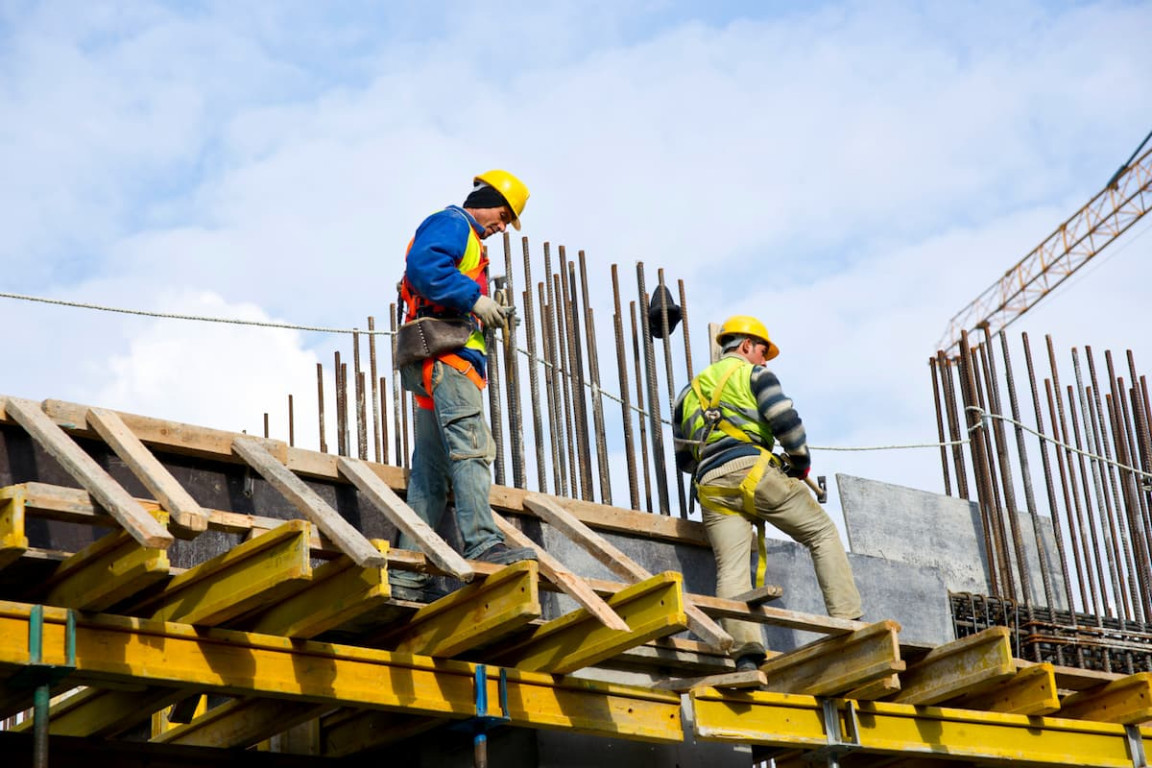With a plethora of homes still sold as short sales and foreclosures, renovation loans are increasingly popular with homebuyers. Many family dwellings are being redesigned for additional family members these days. As rental housing costs rise, families decide to live together and save money. There are multiple situations that could apply: boomerang children, aging parents, or divorced with grandchildren – the family home is in need of expansion or renovation to ensure everyone fits comfortably.
Rehab loans such as the FHA 203(k) program or the Fannie Mae HomeStyle Renovation Mortgage are the perfect answer for some first time homebuyers, too. If the borrower qualifies for the 203(k) program, the buyer can borrow based on what the house is expected to be worth after the home rehab is completed.
I will summarize some common home renovation loans available to consumers and some of the requirements for each. Interest rates are subject to vary for each loan detailed, so be sure to check with a qualified loan officer first, before embarking on a home purchase or refinance.
Renovation loans are effective for consumers and banks and mortgage companies because they offer the necessary resources to remove foreclosures from the market and redo them. Plus, these loans provide first time homebuyers, (who have historically been 30-40% of a healthy real estate market), the opportunity to renovate before moving in.
FHA 203(k) Rehab Loan
FHA insured home renovation loans are more popular now then ever before, because resources for renovations are greatly needed. A streamline 203(k) loan includes less than $35,000 in renovations. For homebuyers needing over $35,000 in rehab work, a full 203(k) is necessary.
To qualify for the FHA 203(k) loan, the borrower must agree to hire a real estate consultant to assess the construction plan and sign off on each phase. The project must be completed in six months, with five draws (or payments to contractors) allowed. A list of approved property renovations is included with the loan. Many borrowers feel this loan is too complicated – or the list of renovations too restricted for their projects. But the interest rate on FHA loans is low enough to make it worthwhile.
If interested in a FHA 203 (k) loan, find a mortgage broker with experience in this type of rehab loan to complete the transaction. FHA loans are typically available for owner occupied residences. These loans are government insured and have a more expensive mortgage insurance rate (PMI), with a 1.75% up front payment and a monthly payment of 1.35%, compared to other loan products. Jeff Hurd, Mortgage Banker with Fidelity Bank Mortgage in Newport News, Virginia, said “With conventional rehab loans, the consumer has the option to pay all of the PMI up front, monthly or have the lender pay it (LPMI).”
Fannie Mae’s HomeStyle Renovation Mortgage
When comparing the Fannie Mae HomeStyle loan to the 203 (k), Hurd says the HomeStyle loan product offers more flexibility with repairs and renovations and in the types of homes purchased. The Fannie Mae HomeStyle Loan offers a wider scope of renovation projects, and can be utilized on a second home and an investment property as well as a primary residence.”
Other advantages of the Fannie Mae HomeStyle Renovation Mortgage include less money down then conventional rehab loans (a minimum of 5%) and less cost for the mortgage insurance. Monthly mortgage insurance payments are reduced with higher down payments and/or a good credit score above 680. The conventional Homestyle will typically present a PMI pricing advantage over FHA. With Fannie Mae’s HomeStyle Renovation Mortgage, home purchases and improvements can be combined into one loan for virtually any property – and it doesn’t have to be Fannie Mae owned. The repairs or renovations must be permanently affixed to the structure and add value to the property. Lenders have to be pre-approved to sell this product, so make certain to ask the loan officer if he or she is participating in this home finance program.
Rehab Loans – the Time is Now
Now is a great time to purchase a home with a rehab loan. There are so many houses that may be in distress. Whether the house is bank owned, or it’s a foreclosure or short sale, or a homeowner is upside down and doesn’t want to put the money into a property to fix it up – there are homes to choose from. Right now homebuyers have a good opportunity to buy a house for a great price and renovate it with the financing. These rehab loan products make it easier to buy a house and complete home rehab projects at the same time, before the move in date. Chances are excellent that a consumer can purchase a property, make the necessary renovations and walk out of the transaction with equity in the home. Hurd says, “There is a market of savvy consumers ready to acquire these houses now.”
The housing market has changed tremendously over the last five to seven years. Because there are still vacant properties available in this real estate market, rehab loans are a means of obtaining these properties in need of repair. Homebuyers now can expand their choices of homes to live in because they can remodel to suit their needs. Real estate investors can purchase, rehab and rent or resell the property.
Rehab loans are an excellent stimulus for the real estate market and a great way for homebuyers to purchase what they want without having to worry about liquidating cash investments or having tens of thousands of dollars in addition to a mortgage to fund home renovations.



:max_bytes(150000):strip_icc()/__opt__aboutcom__coeus__resources__content_migration__mnn__images__2018__03__shutterstock_1051823762-0b00dcf9cd99473cabaff5546d745b0a.jpg)